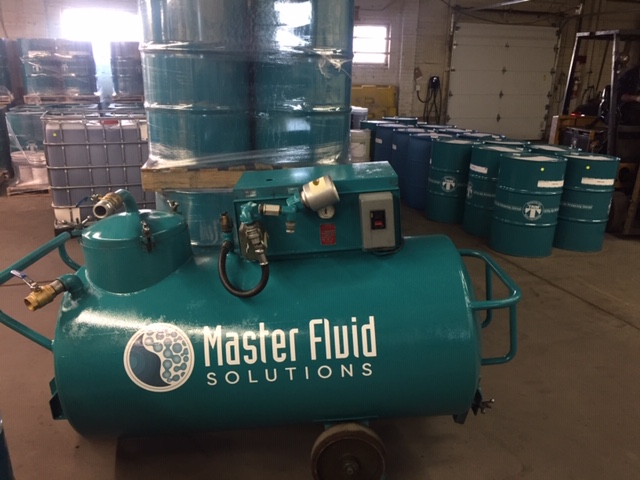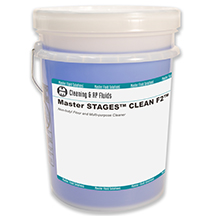Right now, new customers who purchase a minimum of four drums of coolant can rent…
4 Performance Considerations For An Air-Powered Sump Cleaner
The source of power your sump cleaner uses can have a significant impact on its operational performance. If you are considering purchasing an air-powered sump cleaner, there are a number of performance considerations to be aware of.
And, while air powered is an excellent option, it is not the only option. A few manufactures offer sump cleaning equipment that is powered by multiple sources: air-powered, single-phase electric, 3-phase electric, or propane. As you are looking at a sump cleaner for your shop, also keep in mind the amount of filtering you require, the size of holding tank you’ll need, what you do with your used metal working fluid, and how often you plan on cleaning your sumps.
Below are the four performance factors you should consider when researching your air-powered sump cleaner.
1. Deep vacuum
A venturi tube designed for sump cleaning is key to efficient air-operated sump cleaning equipment. The power (suction lift) and nozzle velocity (dry or spill pickup) varies between manufacturers for air-operated sump cleaners. A venturi designed for sump cleaning will get you close to a perfect vacuum 29.92” hg (inches of mercury) and optimal performance. Optimal performance allows for picking up heavier sludge from deep pits and provides reasonable nozzle velocity for picking up dry chips or spills from your floor. Some sump cleaners on the market do reach as high as 26” hg. The closer you get to perfect vacuum, the more power you will have for picking up sludge.
2. Air source
Your air supply needs to match your vacuum source. High-end sump cleaner manufacturers attempt to balance their sump cleaner performance between CFM (speed of air movement) & PSI (pressure used for suction). Many low-end sump cleaners take a performance hit with shops that have higher cfm and/or psi than recommended by the manufacturer. You should verify your sump cleaner venturi is designed to work well within the limits of your air supply system. Speak with your sump cleaner representative about your goals for your sump cleaning activities and discuss what resources your air supply system has available for a sump cleaner.
1. CFM/PSI in your plant
2. Type of air connections and availability at your metal working machines
3. Viscosity of sludge
4. Depth of sludge in relation to the sump cleaner suction inlet
5. Size of pipes, hoses & connections
3. Low maintenance
Over the last couple of years, we have heard of more shops either reducing or considering reducing their internal maintenance staff. They may be having a hard time attracting quality labor, or they’re finding outsourcing more cost effective, or maybe there’s some other reason. With limited internal maintenance staff resources, it would make sense to consider the required maintenance activities during the purchasing process. Some of the high-end air-powered sump cleaners have very little ongoing maintenance when compared to other optional power sources. If maintenance is a concern, then finding a high-end air-powered sump cleaner with few moving parts may be your best option.
4. Safety
Attention should always be given whenever pressurizing a vessel. Sump cleaners tend to use low pressure for both suction & discharge, so a pressure vessel is not required for tank construction. The vessel does need to be able to handle the rigors of both suction and pressure. Light gauge construction will fatigue over time due to the expansion and contraction of the tank when moving between suction and discharge. A key to understanding the pressure inside the tank is to have a vacuum/pressure gauge on the vessel. A vacuum/pressure gauge will help you monitor the system. Along with this pressure gauge, you will need the manufacturer to have systems in place to protect against over pressurization. Some manufacturers will use as many as three redundant systems to protect against over pressurization of the sump cleaner’s vessel.


